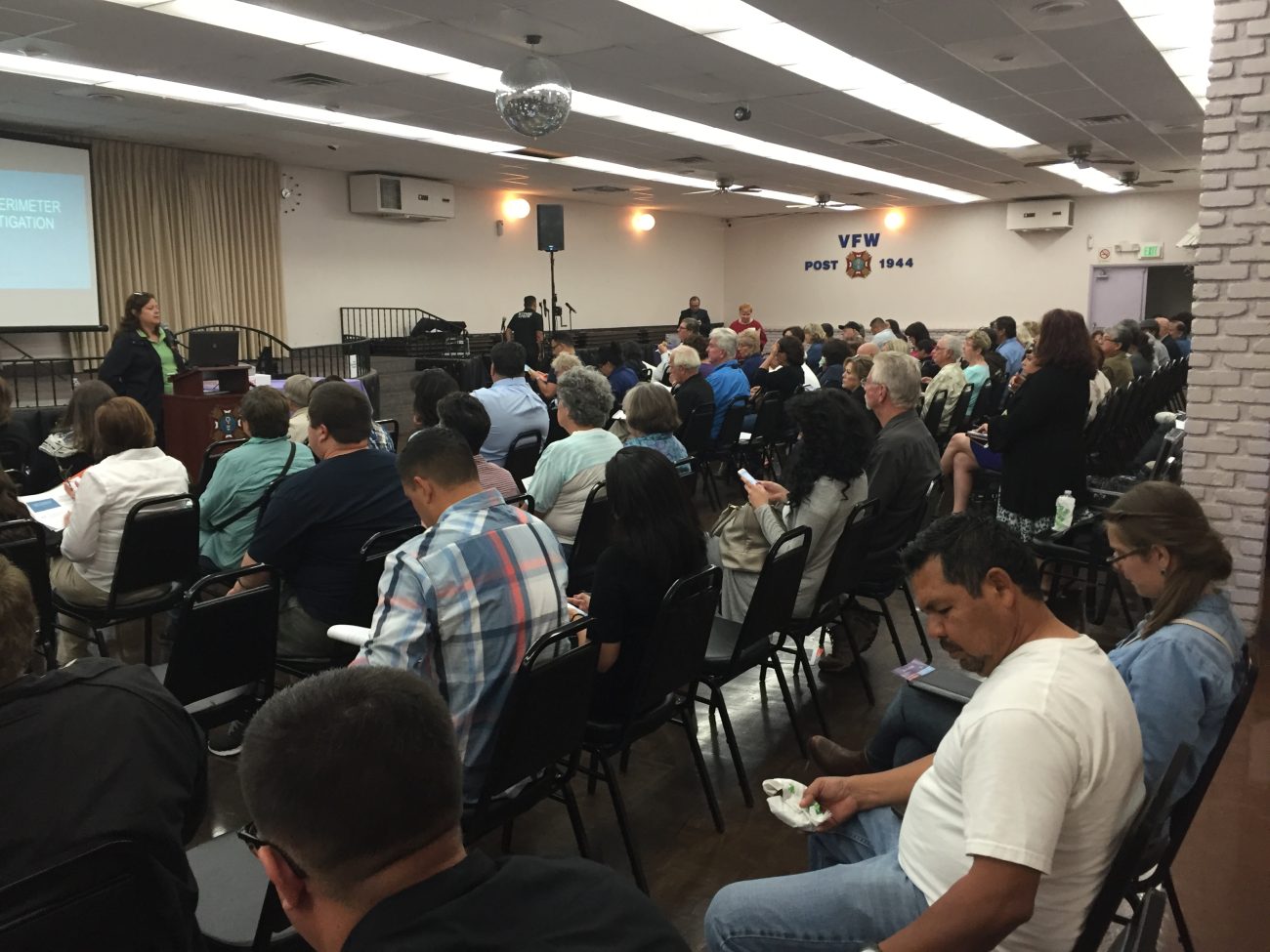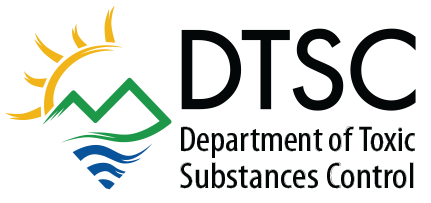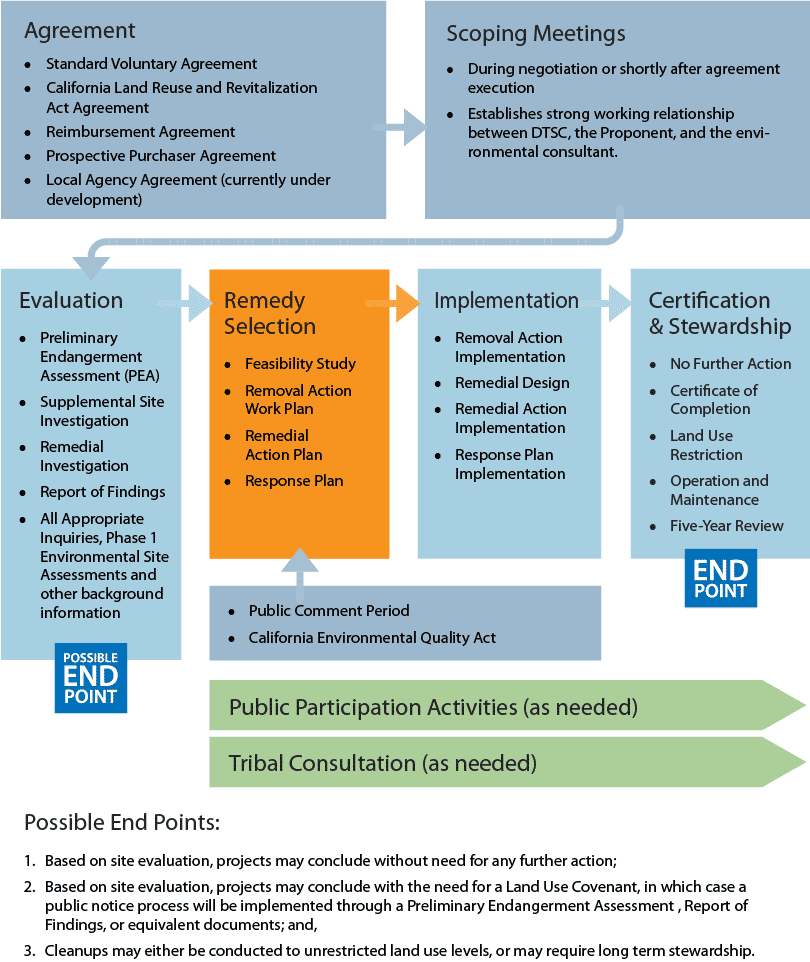Public Engagement & Tribal Engagement Quick Reference Guide
The Department of Toxic Substances Control (DTSC) requires public engagement activities to be conducted for projects undergoing cleanup. However, public engagement strategies are developed on a project-by-project basis and may be requested for projects in other phases as well.
The public and Tribal engagement process is discussed with the party entering into the agreement (Proponent) during the voluntary agreement scoping meeting. Each project is different, and the public outreach process may vary based on community demographics, the level of community or media interest, the proposed land use, and other considerations. Learn more about public participation at DTSC.

A DTSC representative addresses a community meeting.
Tribal Engagement
DTSC has implemented a collaborative process to ensure respectful engagement with Native American tribes recognized by the federal government or the California Native American Heritage Commission. DTSC Tribal Liaisons work with tribal governments identified by the Commission as being traditionally and culturally affiliated with a geographic area where project sampling or cleanup is anticipated. Previous site disturbance or the presence of fill material does not preclude the implementation of this process. DTSC will approve sampling or cleanup plans once this phase of tribal engagement is complete. DTSC will approve sampling or cleanup plans once this phase of tribal engagement is complete. Learn more about tribal engagement at DTSC.
If there are no special circumstances, DTSC follows California Health and Safety Code sections sections 25358.7, 25356.1(e), and 25395.96(1) support the cleanup process as follows:
- DTSC conducts a community assessment using a variety of methods, including site visits, letters, surveys, and interviews with community members, stakeholders and elected officials to evaluate community interest.
- The Proponent develops an informational flyer and mailing list. Upon DTSC approval, the Proponent also conducts the mail-out and translation, if needed.
- Proponent develops a notice on the cleanup document availability for public review. Upon DTSC approval, the Proponent publishes the notice in local newspapers.
- The public comment period lasts at least 30 days.
- DTSC may require the Proponent to set up a community meeting to provide information and encourage feedback.
- After the public comment period closes, DTSC will prepare a document responding to the comments received.
- Cleanup documents may be revised based on the comments received.
- If significant changes to the cleanup documents are required, additional activities, including an additional review and public comment period, may be required.
- DTSC will approve the cleanup document for implementation upon completion of the public outreach processes and other statutory requirements.
For more information, contact Maryam.Tasnif-Abbasi@dtsc.ca.gov.
Download a collection of all DTSC Voluntary Agreements Quick Reference Guides
Download PDF version of this diagram.
This document is intended to be guidance only and it does not supersede or implement laws or regulations. The information in this advisory is intended solely as guidance and as educational reference material and should not be considered enforceable or regulatory in nature.
Brownfields Links
Quick Reference Guides
- Removal Action Work Plan (RAW) Quick Reference Guide
- CLRRA Response Plan
- Public Engagement & Tribal Engagement Quick Reference Guide
- CEQA Quick Reference Guide
- CEQA Process Diagram
- Additional Remedy Selection Quick Reference Guides Under Development - Coming Soon
Site Mitigation & Restoration Program Links
- Brownfields
- Cleanup in Vulnerable Communities Initiative (CVCI)
- EnviroStor
- Exide
- Human and Ecological Risk Office
- Lead-Acid Battery Recycling Facility Investigation and Cleanup Program
- Loans & Grants
- Land Use Restriction Sites
- Santa Susana Field Laboratory
- School Sites
- Sea Level Rise
- State Superfund Program
- Strategic Plan and Program Enhancement Work Plan
- Vapor Intrusion
- Contact Information


